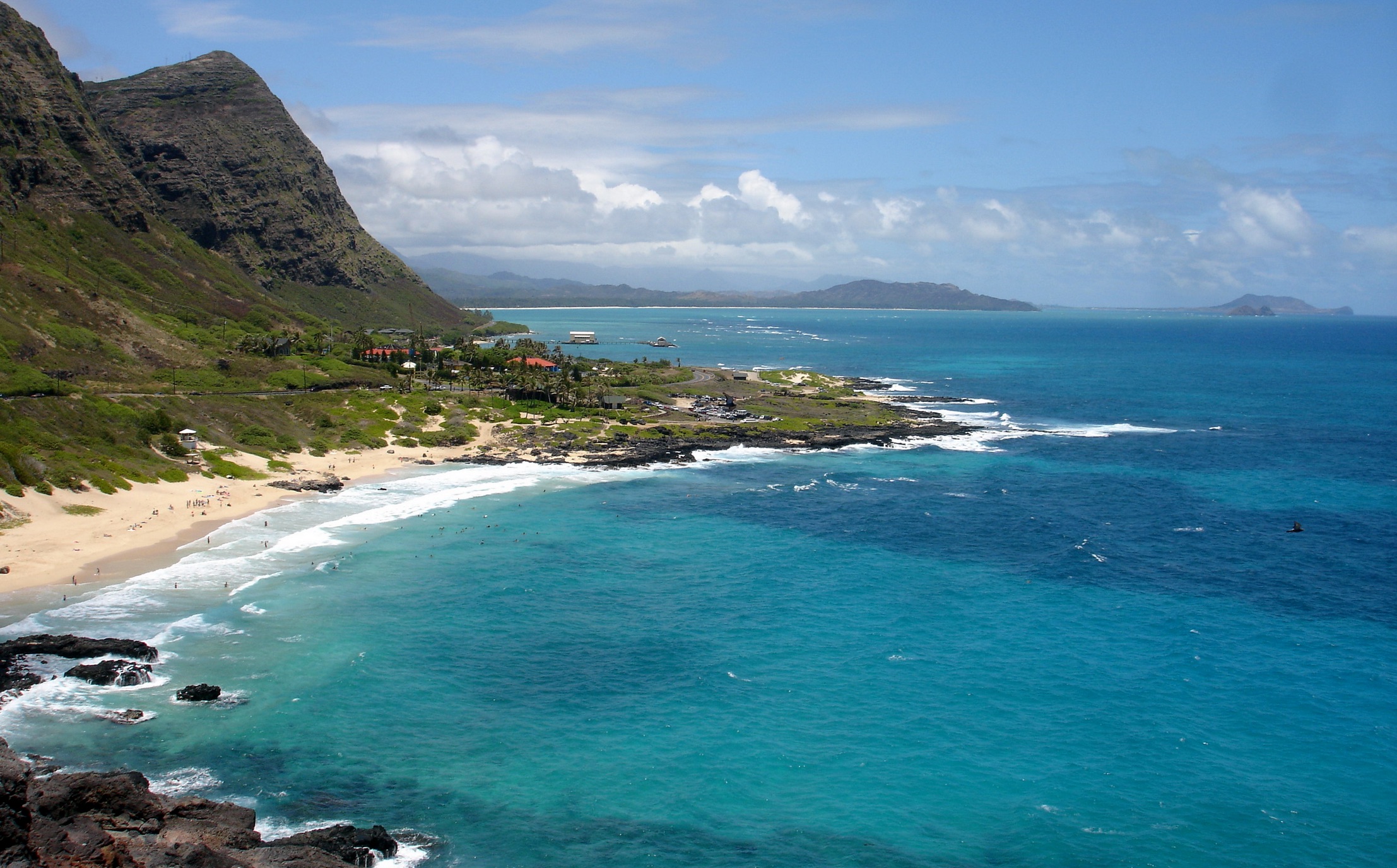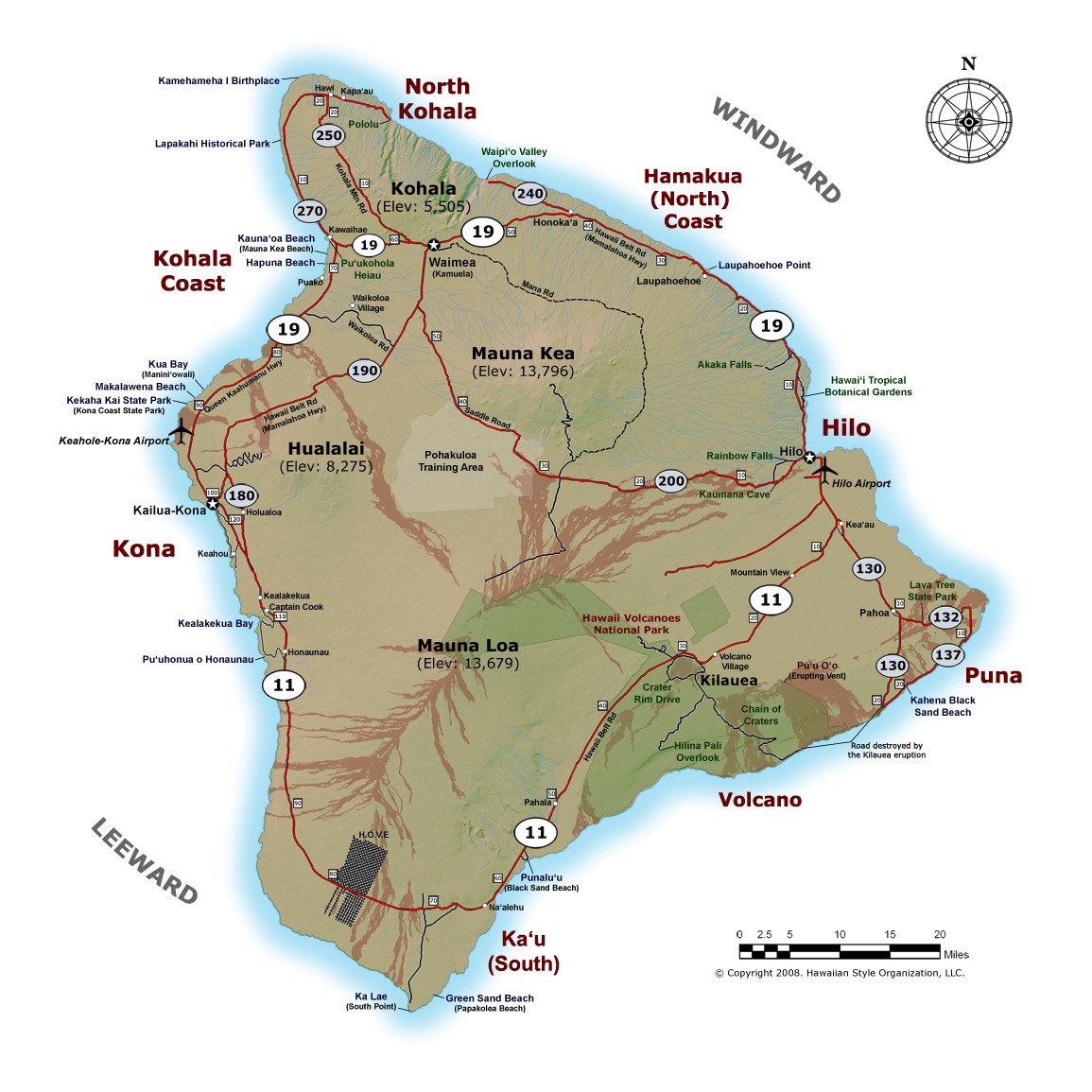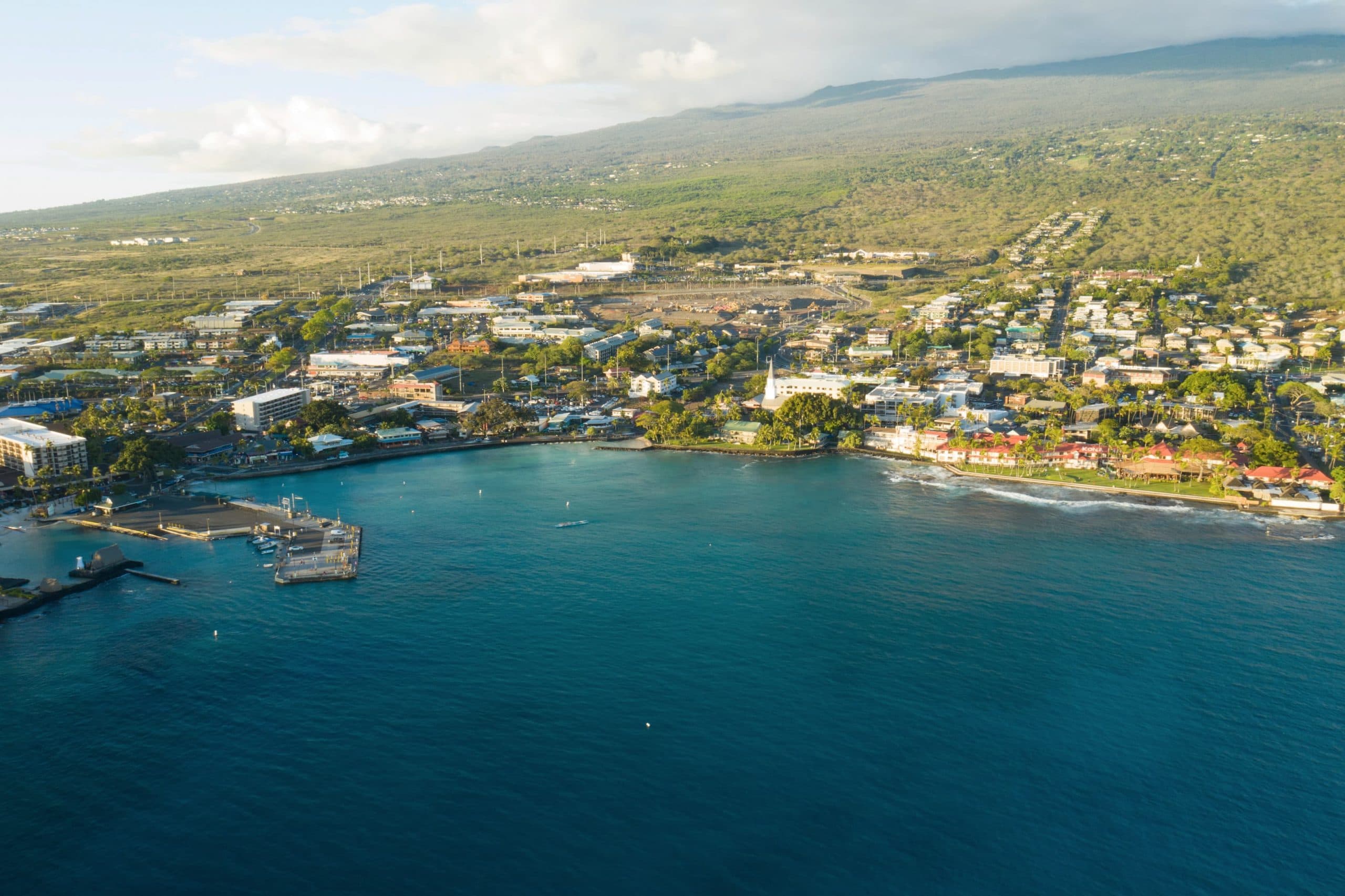Kona Island

Kona Island, a jewel of the Hawaiian archipelago, is a captivating destination renowned for its breathtaking natural beauty, rich cultural heritage, and unparalleled coffee. Located on the western side of the Big Island, Kona is a testament to the power of nature, showcasing a diverse landscape sculpted by volcanic activity and the gentle caress of the Pacific Ocean.
Geography and Climate
Kona Island’s unique geography and climate are a product of its volcanic origins. The island’s western slopes are shielded from the trade winds by the Mauna Loa and Mauna Kea volcanoes, creating a microclimate characterized by warm, sunny days and relatively dry conditions. The island’s volcanic soils, rich in minerals, provide fertile ground for diverse ecosystems, including lush rainforests, dry shrublands, and coastal deserts.
The island’s volcanic history has left its mark on the landscape, with lava flows creating rugged coastlines, dramatic cliffs, and volcanic craters that have become popular hiking destinations. The most prominent feature is the Kona Coffee Belt, a region situated on the slopes of Hualalai volcano, known for its ideal conditions for growing the world-famous Kona coffee.
History and Culture
Kona Island has a rich history dating back centuries, with indigenous Hawaiians, the Kanaka Maoli, being the original inhabitants. They developed a sophisticated society based on agriculture, fishing, and a deep reverence for nature. The island’s name, “Kona,” is derived from the Hawaiian word “konakona,” meaning “to be rough or hard,” referring to the rugged terrain of the area.
European explorers arrived in the late 18th century, bringing with them new crops and ideas. In the 19th century, Kona Island became a major coffee-growing region, with Arabica coffee beans being introduced and cultivated on the volcanic slopes. The coffee industry flourished, transforming the local economy and creating a unique cultural identity for the region.
Kona Coffee
Kona coffee is renowned worldwide for its exceptional quality, attributed to the island’s unique terroir and meticulous cultivation practices. The volcanic soil, high altitude, and consistent sunshine provide ideal conditions for growing Arabica coffee beans, known for their smooth, balanced flavor profile.
The coffee industry is deeply intertwined with the local culture and economy of Kona Island. Small-scale farmers, many of whom are descendants of the original coffee planters, continue to cultivate the beans using traditional methods, ensuring the highest quality and sustainability. The coffee industry supports a wide range of businesses, from coffee farms and mills to cafes and restaurants, creating a vibrant economic ecosystem.
Exploring Kona Island

Kona Island, nestled on the sun-kissed slopes of the Big Island of Hawaii, beckons travelers with its captivating blend of natural beauty, vibrant culture, and thrilling adventures. Beyond its idyllic beaches and mesmerizing sunsets, Kona offers a wealth of experiences that cater to diverse interests. This exploration delves into the heart of Kona Island, unveiling its top attractions, diverse activities, and best places to stay.
Kona Island’s Top Attractions
Kona Island is home to a diverse array of attractions that showcase the island’s natural wonders, rich history, and cultural heritage.
- Kealakekua Bay: This historic bay holds immense cultural significance, as it was the site of Captain Cook’s first landing in Hawaii in 1778. Today, visitors can enjoy snorkeling, diving, kayaking, and dolphin watching excursions in the bay’s pristine waters. The bay’s calm waters are home to an abundance of marine life, including colorful coral reefs, tropical fish, and playful sea turtles.
- Pu’uhonua o Honaunau National Historical Park: This park is a testament to the ancient Hawaiian culture, preserving a sacred place of refuge for those who broke the kapu (ancient laws). Visitors can explore the ancient temple, petroglyphs, and traditional Hawaiian houses, gaining a deeper understanding of the island’s rich history and spiritual significance. The park’s scenic coastline offers breathtaking views of the Pacific Ocean, while hiking trails lead through lush forests and volcanic landscapes.
- Kona Coffee Belt: Renowned for its world-class coffee, the Kona Coffee Belt is a must-visit for coffee enthusiasts. Visitors can tour coffee farms, learn about the meticulous growing process, and sample the unique flavors of Kona coffee. The belt stretches along the slopes of Mauna Loa, where volcanic soil and ideal climate conditions create the perfect environment for cultivating this exceptional coffee.
Activities on Kona Island
Kona Island offers a plethora of activities that cater to diverse interests, from adrenaline-pumping adventures to serene relaxation.
- Snorkeling and Diving: Kona’s crystal-clear waters are a paradise for snorkeling and diving enthusiasts. Explore vibrant coral reefs teeming with colorful fish, graceful sea turtles, and playful dolphins. The Kealakekua Bay and the Kona Coast are renowned for their exceptional underwater visibility and diverse marine life.
- Hiking: Kona Island boasts a network of hiking trails that wind through volcanic landscapes, lush forests, and coastal cliffs. Explore the scenic trails of Pu’uhonua o Honaunau National Historical Park, the Mauna Kea Observatories, or the Kaloko-Honokohau National Historical Park, each offering unique perspectives of the island’s natural beauty.
- Golfing: Kona Island offers a range of championship golf courses that challenge even the most experienced players. The scenic courses feature stunning ocean views, lush fairways, and challenging greens.
- Cultural Experiences: Immerse yourself in the rich culture of Kona Island by attending traditional luau, visiting historical sites, or learning about the island’s unique art forms. Explore the Kona Cultural Center, where you can witness demonstrations of traditional crafts, learn about Hawaiian history, and enjoy live music and dance performances.
Places to Stay on Kona Island
Kona Island offers a wide range of accommodation options, from luxurious resorts to cozy boutique hotels and vacation rentals.
| Type | Budget | Examples |
|---|---|---|
| Luxury Resorts | High | Four Seasons Resort Hualalai, The Fairmont Orchid, Hilton Waikoloa Village |
| Boutique Hotels | Medium | The Courtyard by Marriott King Kamehameha Kona Beach Hotel, The Kona Coast Resort, The Hapuna Beach Prince Hotel |
| Vacation Rentals | Low to High | Airbnb, VRBO, HomeAway |
Kona Island Culture and Lifestyle

Kona Island, steeped in history and tradition, offers a vibrant tapestry of cultural experiences that resonate with the island’s natural beauty and the spirit of its people. The island’s rich cultural heritage, sustainable practices, and unique lifestyle create a captivating blend that distinguishes Kona from other Hawaiian destinations.
Traditional Arts, Music, and Cuisine
The cultural heritage of Kona Island is deeply rooted in its traditions, which are reflected in its arts, music, and cuisine.
- Traditional Arts: Kona Island is renowned for its traditional arts, including wood carving, weaving, and hula dancing. Wood carving, a time-honored art form, involves the intricate carving of wood into sculptures, masks, and other objects, often depicting Hawaiian deities, animals, and stories. Weaving, using natural fibers like hala leaves and ti leaves, creates intricate mats, baskets, and clothing. Hula dancing, a significant part of Hawaiian culture, tells stories through graceful movements and rhythmic gestures, accompanied by traditional music and chanting.
- Traditional Music: The traditional music of Kona Island is characterized by its rhythmic melodies and chanting, often accompanied by instruments like the ukulele, the ipu (gourd drum), and the pahu (drum). The music reflects the island’s history, beliefs, and natural environment. The “mele” (songs) are often about love, nature, and ancestral stories, while the “oli” (chants) are used for ceremonial purposes and to invoke deities.
- Traditional Cuisine: Kona Island’s cuisine is a reflection of its agricultural bounty and cultural heritage. The island’s volcanic soil is fertile, producing a variety of fruits, vegetables, and seafood. Traditional Hawaiian dishes often feature fresh ingredients, including poi (a staple food made from taro root), kalua pig (pork cooked in an underground oven), and laulau (a steamed dish wrapped in ti leaves).
Sustainability and Eco-tourism
Kona Island is a pioneer in sustainable tourism, emphasizing environmental conservation and cultural preservation.
- Local Initiatives: Many local initiatives focus on preserving the island’s natural beauty and cultural heritage. These initiatives include promoting sustainable farming practices, supporting local businesses, and reducing the impact of tourism on the environment.
- Conservation Efforts: Kona Island is home to diverse ecosystems, including coral reefs, rainforests, and volcanic landscapes. Conservation efforts aim to protect these ecosystems from threats such as pollution, overfishing, and habitat loss. These efforts include marine conservation programs, reforestation projects, and responsible waste management practices.
Lifestyle on Kona Island
The lifestyle on Kona Island is characterized by a slower pace of life, a strong sense of community, and a deep connection to nature.
- Slower Pace of Life: Kona Island offers a respite from the hustle and bustle of city life. Residents enjoy a relaxed and laid-back lifestyle, where time seems to move at a slower pace. This slower pace allows for a greater appreciation for the natural beauty of the island and the simple pleasures of life.
- Strong Sense of Community: The community on Kona Island is close-knit and welcoming. Residents often participate in local events and gatherings, fostering a strong sense of belonging. This sense of community is essential to preserving the island’s cultural heritage and promoting sustainability.
- Deep Connection to Nature: The people of Kona Island have a deep connection to the natural world. They respect the island’s ecosystems and strive to live in harmony with nature. This connection is reflected in their traditional arts, music, and cuisine, as well as their commitment to sustainability.
Kona Island, a jewel in the Hawaiian archipelago, offers breathtaking landscapes, pristine beaches, and a rich cultural heritage. Reaching this paradise is made simple by the convenient OGG Airport , serving as a vital gateway to the island’s allure.
From the moment you land, the spirit of aloha embraces you, promising an unforgettable journey through Kona’s captivating beauty.
Kona Island, with its stunning beaches and volcanic landscapes, is a popular destination for travelers seeking a taste of paradise. However, reaching this Hawaiian gem often involves navigating the complex world of air travel, which can sometimes lead to unexpected challenges.
For those facing issues with their flight, a critical examination of Alaska Airlines customer support may be necessary to ensure a smooth journey to Kona’s shores. Fortunately, the airline’s dedicated team is available to assist with any concerns, helping travelers reach their destination and enjoy the island’s beauty.
